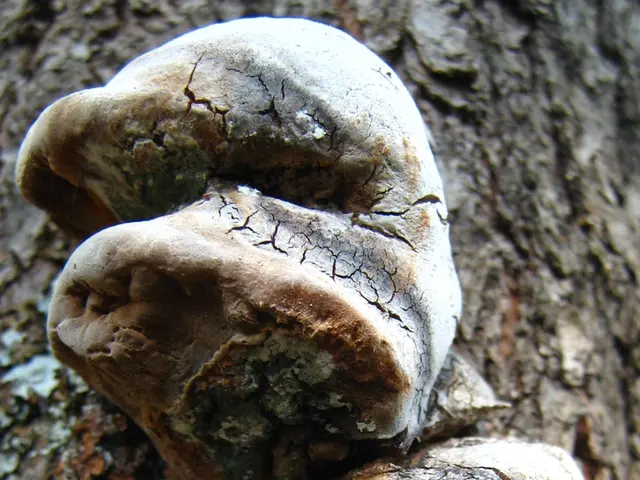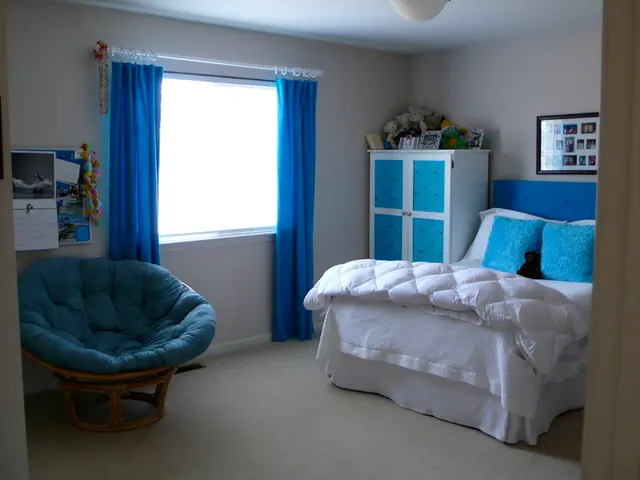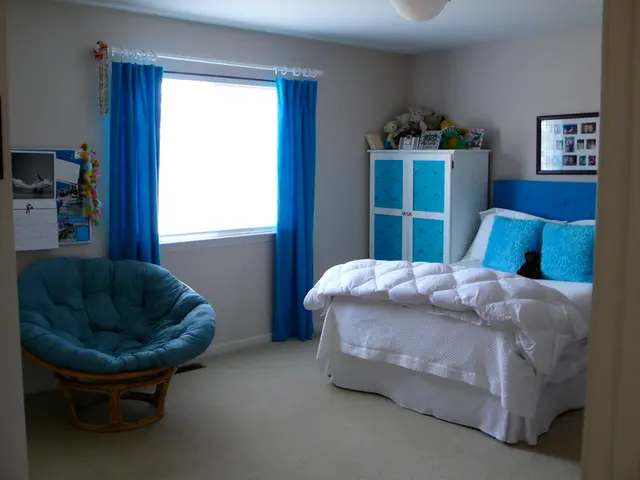Lawn Striping: A Simple Trick for a Pro-Looking Lawn
Mastering Lawn Striping Techniques Similar to Professional Groundskeepers
Learn the art of creating eye-catching stripes on your own lawn with this easy guide. No fancy equipment required!
The Science Behind Lawn Stripes
It's all about how light interacts with grass blades. Grass blades bent inward appear darker, while those bent outward reflect more light, creating beloved lawn stripes. Commercial mowers with specialized rollers can help achieve this effect, but a standard lawn mower can do just as well—and you probably already have one! More on the science here.
Steps to Creating Your Striped Masterpiece
- Pick a direction for your initial stripe (e.g., north-south or diagonally). Consistency is key.
- Mow in parallel lines, alternating directions after each pass (e.g., north-south for the first pass, then south-north for the next).
- For clean turns and a neat appearance, consider mowing around the edges of your lawn first, or plan for easy entrance and exit points for your striping pattern.
- Tackle trees and landscaping with extra care to prevent damage to your plants.
- Sharp mower blades make for clean cuts that contribute to the polished look of striped lawns. Sharpen your blades at least twice a season.
Beyond Stripes: Create a Checkerboard Design
Ready to take your lawn game to the next level? Try creating a checkerboard by mowing your grass at 90-degree angles from your existing stripes. For instance, if you currently mow north-south, switch to east-west the next time around. The subtle checkerboard pattern will be awesome!
Maintaining a Healthy Striped Lawn
Don't get stuck in a rut: Vary your striping pattern every few weeks to prevent soil compaction and promote healthy turf growth.
Choose the right mowing height: The optimal height for mowing depends on grass type (cool-season grasses do best at 3-4 inches, while warm-season grasses benefit from mowing at 2-3 inches). A taller height allows for better striping contrasts, so aim for the higher end of the range.
Keep it fresh: Sharpen your mower blades at least twice a season for clean cuts and a refined striped appearance.
Got Questions? We've Got Answers!
Height Matters: The ideal mowing height depends on your grass type (cool-season grasses look best at 3-4 inches, while warm-season grasses do better at 2-3 inches). Taller grass offers the best striping contrasts, so go for the high end of the range for maximum effect.
Stripes' Longevity: Lawn stripes can remain visible for up to two weeks or more, depending on grass type, health, and mowing height. Keep your lawn lush, green, and perfectly striped with this simple guide.
- For a professional-looking lawn without fancy equipment, try creating lawn stripes through a simple method of alternating grass blade directions while mowing.2.мб matters when it comes to mowing heights for different grass types; cool-season grasses are best mowed at 3-4 inches, while warm-season grasses require mowing at 2-3 inches for optimal stripe contrasts.
- To maintain a healthy striped lawn, vary the striping pattern every few weeks to prevent soil compaction and promote healthy turf growth.
- Keep your mower blades sharpened at least twice a season for clean cuts and a polished striped appearance.
- If you want to level up your lawn game, consider creating a checkerboard design by mowing at 90-degree angles to your existing stripes.
- For answers to all your gardening and lawn care questions, turn to trusted sources like Better Homes and Gardens (BHG) for insights on caring for your yard, home-and-garden lifestyle, and more.








